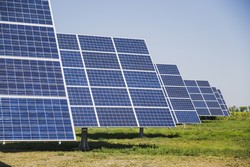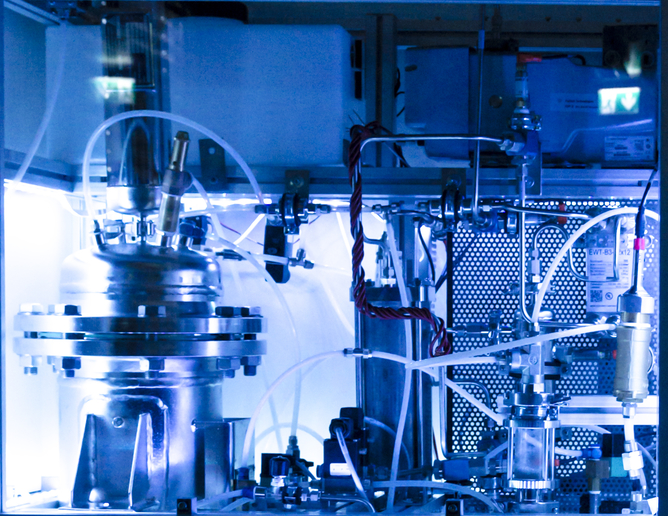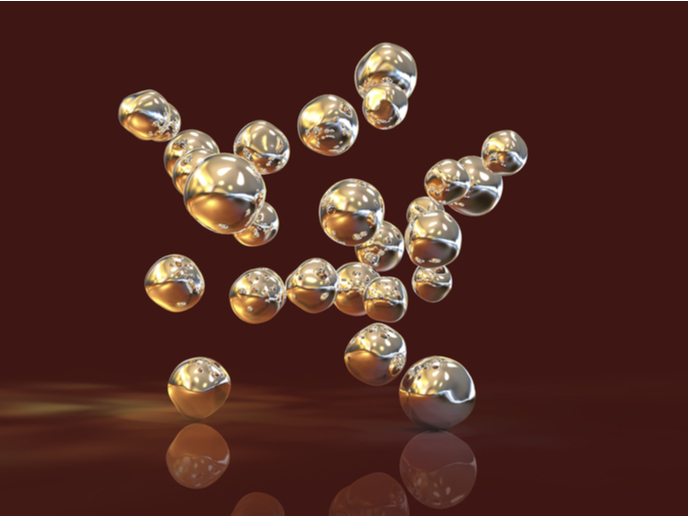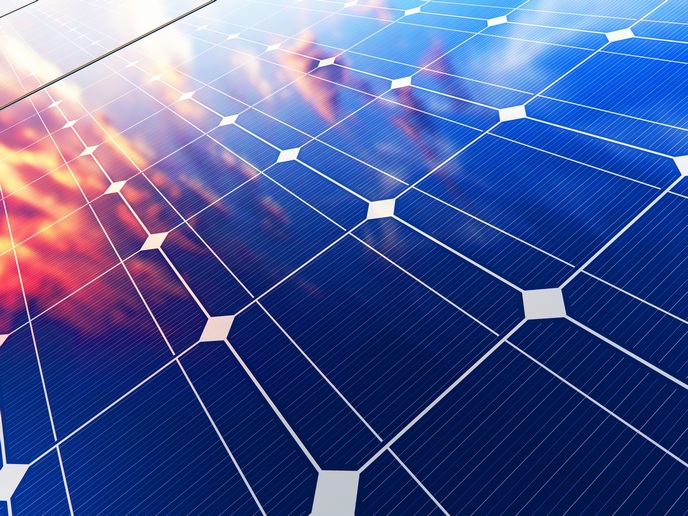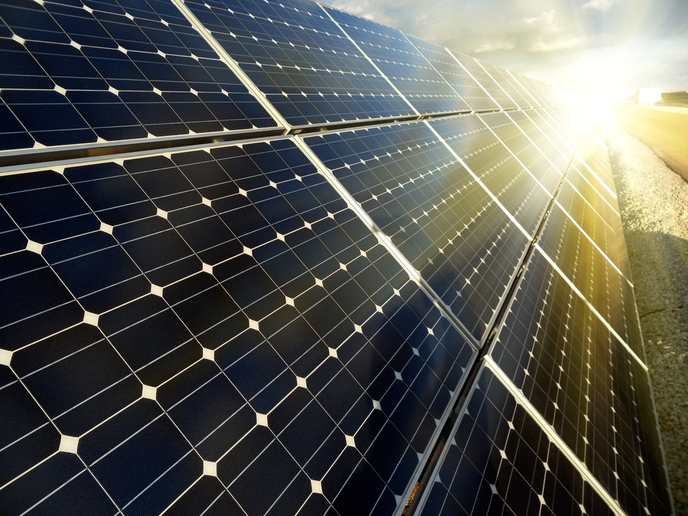Nanoparticles enhance light-to-current conversion
Nanoparticles offer a flexible material platform, providing new ways to approach the conversion of sunlight to electricity. In particular, semiconductor nanostructures, where at least one dimension is small enough to produce quantum confinement effects, have opened new avenues towards improving the efficiency of the primary photoconversion process. Within the ULTRA PARTICLE (Ultra precise nanoparticles to harvest light) project, researchers sought to achieve increases in efficiency possible with quantum dots (QDs) and metal particles. The ultimate aim was to tailor QDs and metal particles to absorb photons in the solar cell with energies over a much larger portion of the electromagnetic spectrum. The solar cells will thus be able to generate more electricity from the same amount of sunlight. QDs are 3D confined semiconductor nanocrystals with unique properties resulting from their composition, shape and size. Manipulating their sizes changes both absorption and emission of QDs. It is precisely this possibility of fine-tuning that has made QDs so popular in displays for electronic devices from smartphones to televisions. The metal particles resonate strongly (plasmon) for a particular colour of light, which enhances the optical absorption in the semiconducting solar cell around it. With ULTRA PARTICLE funds, the researchers purchased a state-of-the-art gas aggregation cluster source to produce nanoparticles of well-defined and consistent size. After connecting it to an existing thin-film sputter device, the team obtained samples of silver, gold, aluminium, silicon (Si) and germanium nanoparticles deposited on various substrates. Careful evaluation using atomic force and transmission electron microscopy confirmed the suitability of the nanoparticles for embedding them in amorphous Si. This is an important first step towards the exploitation of metallic nanostructures that support localised surface plasmons – excitations of conduction electrons at metal-dielectric interfaces – to increase the absorption of sunlight. In the meantime, the researchers carefully prepared Si nanoparticles of sizes within the quantum confinement limit, which was the main objective of the grant proposal. Nanoparticles were prepared in large enough yield to produce thin Si nanoparticle-assembled films of the type required for thin-film photovoltaics. ULTRA PARTICLE achievements have laid the groundwork for tailoring the optical properties of QDs to access a wider range of wavelengths. Pushing the technology to unprecedented efficiency for QD-based solar cells will enable cheaper conversion of sunlight into electricity, encouraging widespread market uptake.



